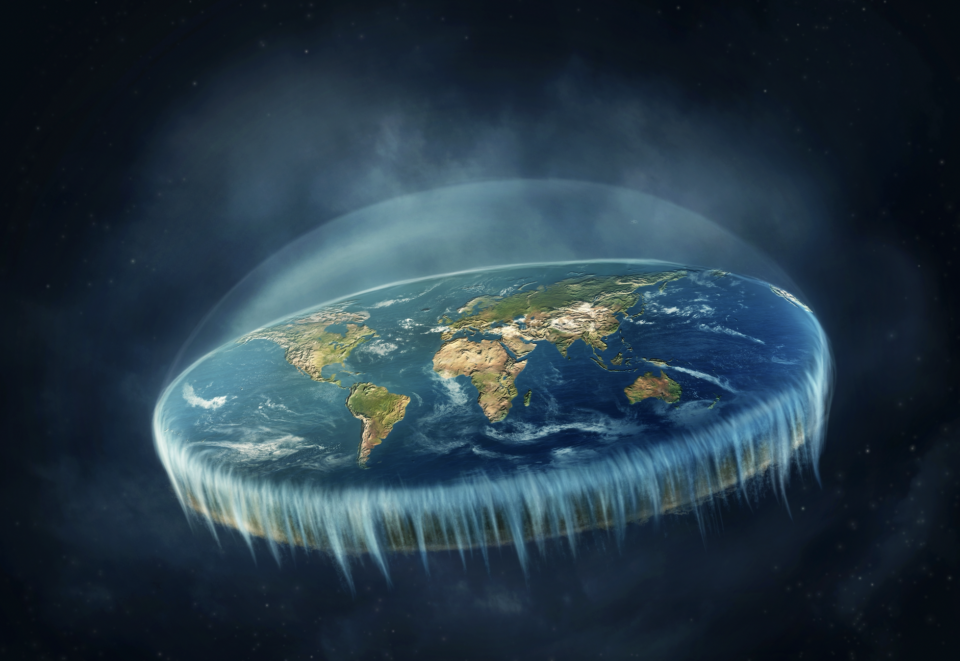In the year 2022, discerning the most outlandish conspiracy theory embraced by people proves a challenging endeavor. Amid the profusion of chemtrails, QAnon, election rigging, and vaccine conspiracies, the enigma of flat Earth (F.E.) convictions conspicuously commands attention. What sets flat Earth beliefs apart? Other conspiracy theories possess a minuscule grain of physical plausibility at their core. Spraying chemicals from aircraft, election manipulation, grotesque allegations about child consumption and sexual activities, and even injecting hazardous substances have a modicum of potential within the realm of possibility. However, the notion of a flat planet stands devoid of any feasibility.
Kelly Weill, an investigative journalist, delves into this subject matter in her significant book, exploring the world of flat Earth enthusiasts, their psychological underpinnings, and the diverse spectrum of beliefs within this movement. This movement, she uncovers, is far more intricate and intriguing than commonly perceived. Contrary to my previous assumption that F.E. adherents solely believed in a flat Earth, Weill uncovers a wide array of flat Earth perspectives. Some propose that the Antarctic forms an encircling ice wall safeguarding the oceans from spilling over the edge, while others maintain that Earth extends infinitely flat.
Weill investigates the alignment between the flat Earth movement and other conspiracy theory groups, most notably QAnon. The common thread uniting F.E. beliefs is the conviction that governments and scientists perpetuate a “global lie” to exert control by undermining religious doctrines or fostering human insignificance in the face of the vast cosmos. These believers demonstrate an eagerness to seek out conspiracies and possess a capacity to immerse themselves within their own conspiracy-laden bubbles, often dismissing contrary evidence as hoaxes or government cover-ups.
The book not only traces the historical origins of the flat Earth movement, but also debunks misconceptions like the notion that Columbus’s crew feared sailing off the edge of a flat Earth. Samuel Birley Rowbotham, a pivotal figure in the 19th century, is introduced. Rowbotham’s experiments at the Bedford Canal in England, aimed at disproving Earth’s curvature, are discussed. Weill also recounts the fascinating history of Zion, Illinois, a town where F.E. theory was taught in public schools under Wilbur Glenn Voliva’s influence. The movement’s journey from being perceived as a joke to its intertwined association with a plethora of conspiracy theories is covered in subsequent chapters.
Weill underscores the role of the internet, particularly platforms like Facebook and YouTube, in propelling F.E. beliefs to popularity and expounds on the algorithms that guide individuals towards conspiracy theories. Although the book doesn’t offer a conclusive explanation for how seemingly rational individuals embrace such beliefs, it paves the way for critical reflection on the potency of modern media in shaping unconventional worldviews.

